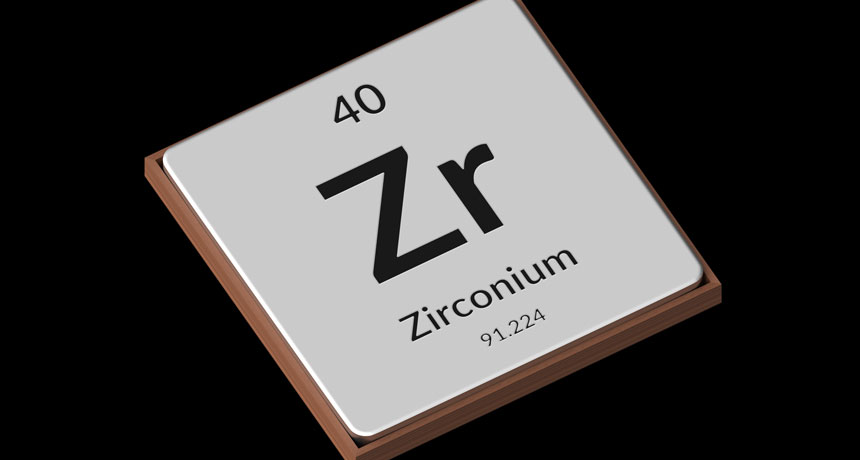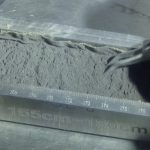A weird type of zirconium soaks up neutrons like a sponge

When radiochemist Jennifer Shusterman and her colleagues got the first results of their experiment, no one expected what they saw: Atoms of a weird version of the element zirconium had enthusiastically absorbed neutrons.
“People were quite surprised and we had lots of discussions,” says Shusterman, of Hunter College of the City University of New York.
The source of this fuss was zirconium-88. That’s a particular type, or isotope, of zirconium, distinguished by the number of neutrons it contains. Garden-variety zirconium typically contains about 50 neutrons, but zirconium-88, which is radioactive and not found naturally on Earth, has fewer than normal, with 48 neutrons.
When irradiated with low-energy neutrons from a nuclear reactor, each atom of zirconium-88 had a high probability of absorbing a neutron into its nucleus, causing the element to transform into another isotope, zirconium-89. The reaction was about 85,000 times as likely to occur as predicted, the researchers report online January 7 in Nature.
That result was the highest neutron capture probability measured in 70 years. Only one other isotope, xenon-135, is known to be better at capturing neutrons. Previously studied versions of zirconium are much more reluctant to take on another neutron, with absorption probabilities about a millionth that of zirconium-88, or less.
Isotopes with a high neutron capture probability can be used to control nuclear reactors by sopping up loose neutrons, slowing the rate of reactions. But it’s not clear if zirconium-88 will find a purpose.
Scientists still don’t know why certain isotopes have such an extreme affinity for neutrons. A project now under construction at Michigan State University in East Lansing, known as the Facility for Rare Isotope Beams, will allow scientists to study the properties of even more isotopes. Additional surprises may be in store.



